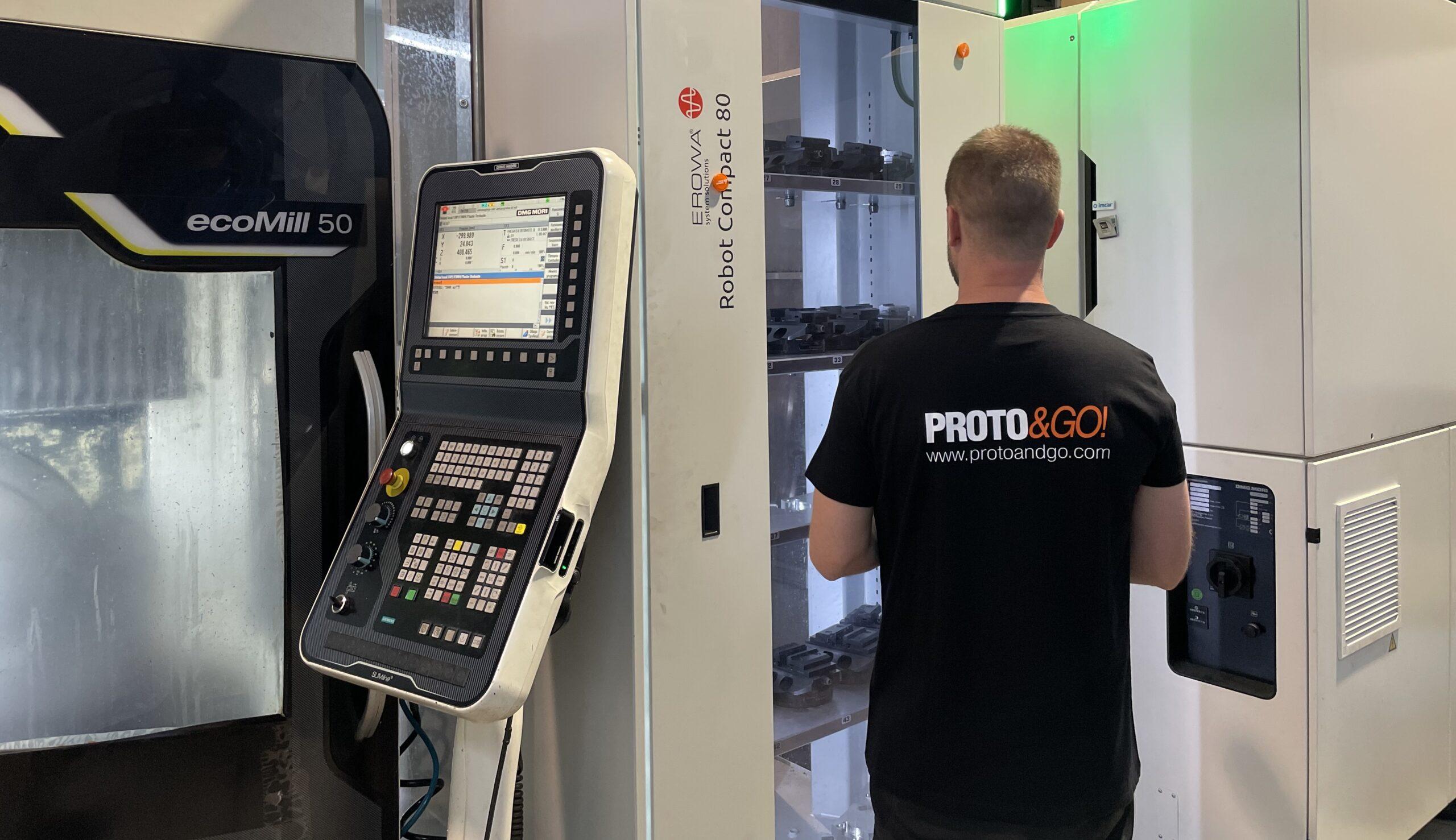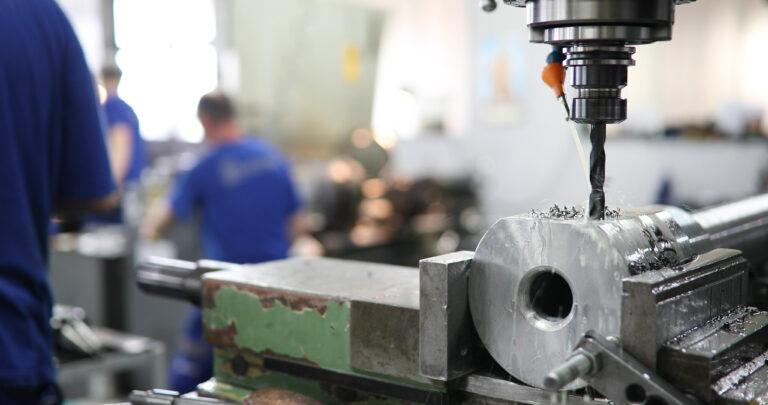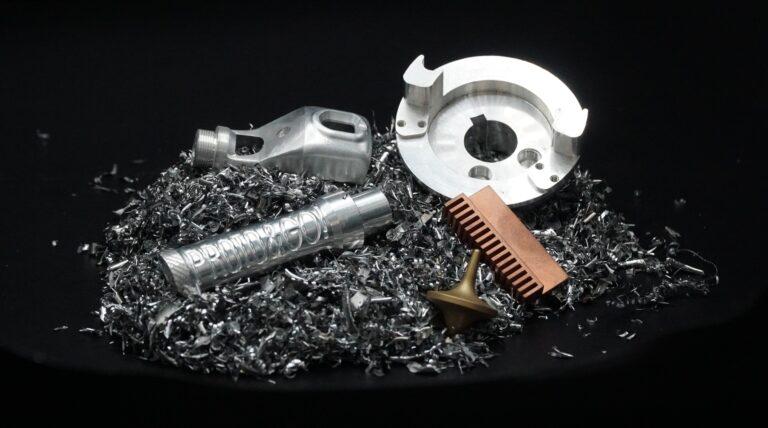CNC machines have revolutionized manufacturing, enabling an unprecedented level of precision and automation in industries such as automotive, aerospace and general manufacturing. However, as these machines advance in technology and capability, it is also crucial to consider the safety issues surrounding the entire CNC machining process.
In this article, we will explore the basics and safety tips for working with CNC machines, ensuring not only efficiency in the production process, but also the protection of operators and equipment. From proper use to preventive maintenance, these tips help minimize risk and maximize productivity in any work environment.
Safety standards for CNC machines
Following safety procedures when working with CNC machines is essential to minimize the risk of injuries and accidents in the workplace.
Here is a basic checklist that you can use before operating any CNC machine:
- Pre-operation safety checks: Before starting the machine, it is imperative to inspect the equipment for damage or signs of wear. Be sure to check tools, accessories, fluid lines and guards. That is, verify that all guards are in place and that safety devices are functioning properly.
- Proper clamping: Secure the workpiece well to prevent it from moving during the machining process. A poor fit can cause tool or workpiece breakage.
- Proper tool selection and maintenance: Always use the right tool for each project. In addition, it is important to inspect tools regularly to make sure they are sharp and in good condition.
- Safe machine operation: Never disable safety interlocks or operate the machine with guards removed. It is essential to stay alert and focused when the machine is in operation to avoid possible accidents.
- Personal check: Before operating, be sure to wear the proper protective equipment for each machine and check for loose objects that could get caught in the machine.
Following these steps is essential to ensure safer and more efficient operation of CNC machines, reducing risks to both workers and equipment.
CNC machinery maintenance
Proper maintenance of CNC machines is key to avoid failures and reduce the risk of accidents. Maintenance tasks are divided into daily, periodic and annual, depending on the manufacturer’s specifications and machine usage.
- Daily maintenance: Check lubrication levels, empty chip hoppers, check safety mechanisms, and clean surfaces to prevent chip accumulation.
- Periodic maintenance: Every six months, clean the coolant tank and mandrels, in addition to changing or flushing coolant and lubricants.
- Annual maintenance: Runs software simulations to check tool alignment and performs software upgrades if necessary.
Electrical safety and environmental considerations are critical aspects of maintenance. Check electrical connections to avoid shock hazards, and ensure good ventilation and cleanliness to reduce tripping hazards, exposure to fumes and other environmental hazards.
Ultimately, proper safety and maintenance are critical to the proper operation of CNC machines. By following safety rules, such as pre-operation inspections, proper clamping of parts and use of well-maintained tools, risks can be minimized and a safer working environment ensured. In addition, regular preventive maintenance, both daily and periodic, ensures that CNC machines operate efficiently, prolonging their service life and preventing accidents. Adhering to these guidelines not only protects operators, but also optimizes productivity in the process.
At ProtoandGo! we offer the best CNC machining service for your parts and prototypes. You can request your quotation through the form on our website in a quick and easy way.
What are you wating for? Request your quote now!





